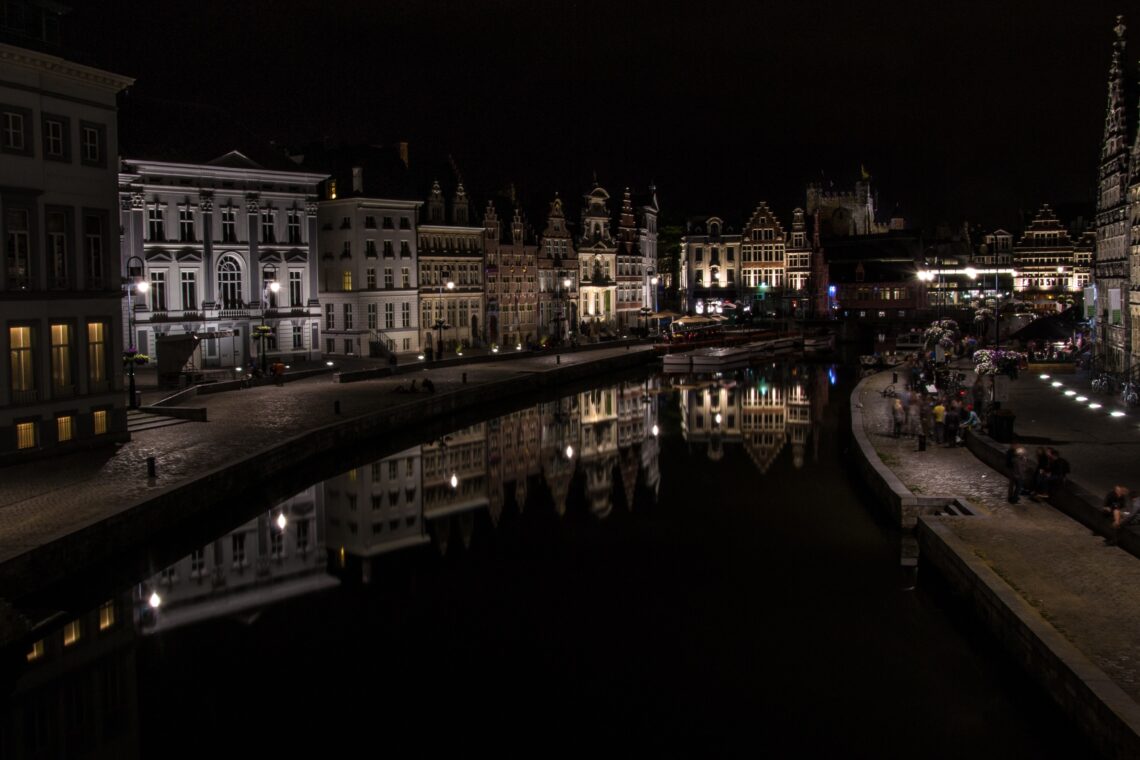
Case Study: SMAK’s Chocolate Workshops (Gent, Belgium)
The Municipal Museum of Contemporary Art (SMAK) in Gent organized chocolate-making workshops in 2017 for people who fled due to war. The outcome was part of an exhibition, which was intended to be seen as a form of art. The objectives of this project were to tackle multiple social issues by connecting them in one workshop.
Organization
Since 2015 Europe has dealt with a migrant issue due to the war in Syria. Like many other European countries, Belgium had to come up with a plan to house those who sleeked asylum. In the following years, Belgium became more creative in housing people in need as more institutions opened their facilities. In 2016 SMAK took an active role starting a project with Swiss artist Christoph Büchel. The artist lined an exhibition hall with matrasses, backpacks, clothes, and personal items, to create the perception of asylum seekers sleeping in the museum. The installation was not foreseen with an explanation note, as the aim of this project was to make people aware of the fact that human beings must sleep on the ground, whilst there are millions worth of artwork hanging in a museum. In 2017 SMAK housed a group of twelve asylum seekers for three months in the museum in response to a large exhibition by Christoph Büchel. These people came from a ship stranded in the harbour of Gent. SMAK organized multiple workshops for them to make them more aquatinted with colonial aspects, including a workshop on chocolate-making. The workshops aimed to outline the effects of our colonial history on the current situation of refugees.
Case Description
From July until August 2017, the museum held chocolate-making workshops, divided into three phases. Not only the twelve asylum seekers that SMAK housed were taking part in these workshops, but also anyone who was interested could attend. This allowed people to connect with each other from different cultures and get a better understanding of one’s situation. Together with professional chocolatiers, participants became acquainted with aspects of Belgium’s colonial past, which can still be seen in the cocoa industry today. It was necessary to explain to the refugees what the artist’s intention was, while they came from a world where contemporary modern art is experienced as very alienating and have little to do with art in general.
On the 25th of July, there was an introduction on how to process chocolate tackling the preparation, tempering, and pouring of the chocolate into moulds. The entrants started this workshop with the production of chocolate bon bon’s shaped like bullets. Within this series of workshops, participants ought to make weapons out of chocolate to stimulate a conversation about war and their experience with it. On the 1st of August, there was a workshop for further production of bullets and the start of making moulds for the weapons. On the 2nd of August, contestants were able to finish their moulds and pour the chocolate into the desired shape. Lastly, the bullets were filled with praline filling.
Impact
The workshops created new relations between the participants and the museum staff and contribute to a more diverse and multi-perspective view on different cultures and people. Within these workshops the entrants were able to share their own stories and connect them to the history of Belgium to enhance a better understanding in one’s culture. It was interesting for participants to learn how the chocolate was made and at the same time the weapons made gave an opportunity to talk about their own experience. For some it was even a whole processing process of that they had been through, given their trauma’s due to the war. They were able to literally bite off their bad experiences into the chocolate.
The workshops tackled three issues:
- The colonial history of Belgium and how the superior policy of, among others, Belgium on the colonialized countries still has an effect on our society today, such as on the refugee flow;
- The current debate about fleeing because of war and its impact on people with a flight story;
- The alienation of conceptual modern contemporary art for people from the Middle East.
The museum had gained more relations with organisations who are related to asylum seekers that are sustainable by nature for future projects. To give an example, there have been fundraising campaigns for Ukrainians, who are currently still under siege by Russia, in collaboration with refugee work in Ghent. Everyday goods such as toothpaste or soap are scarce in Ukraine due to the war. The SMAK opened itself up as a collection point for people who wanted to donate something. During such collections, Ukrainians are not specifically targeted, to prevent people from donating just because someone is from a certain country. We constantly try to keep a finger on the pulse of people to keep all refugee issues equally relevant.
Relevance and Usability
As the winsome project targets people whom fled due to war, prosecution or natural disasters, it is interesting to see how workshops can tackle multiple layers of societal debates and simultaneously take part in the process of trauma and seeking connection for further social integration.
Contact information
Peter Aerts – Head of Marketing & Communication at the SMAK, Municipal Museum of Contemporary Art.
Author
Elize Hautvast, Quiosq (NL)
Header photo by Joran Quinten on Unsplash


